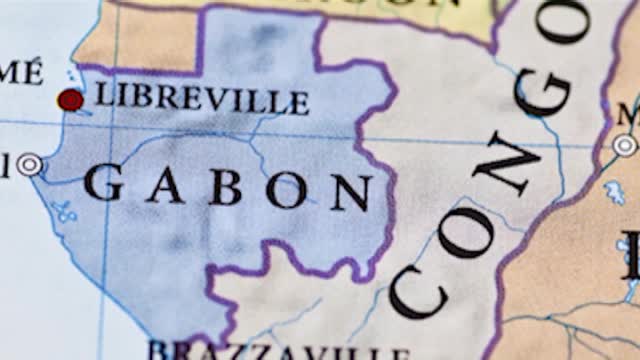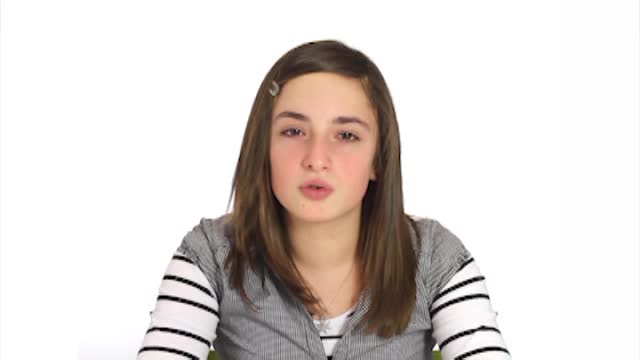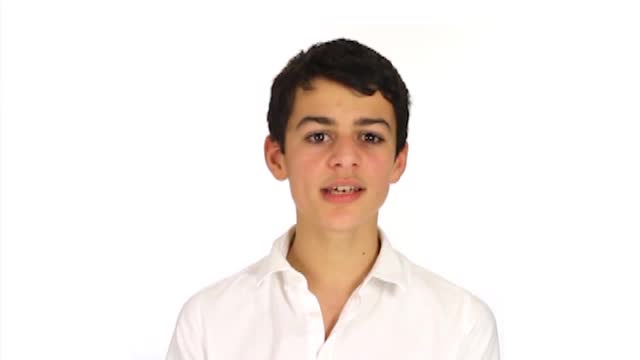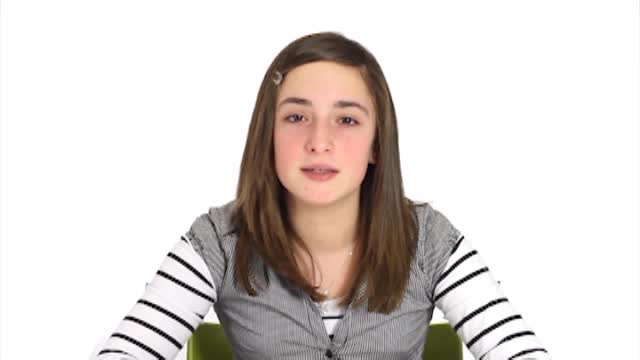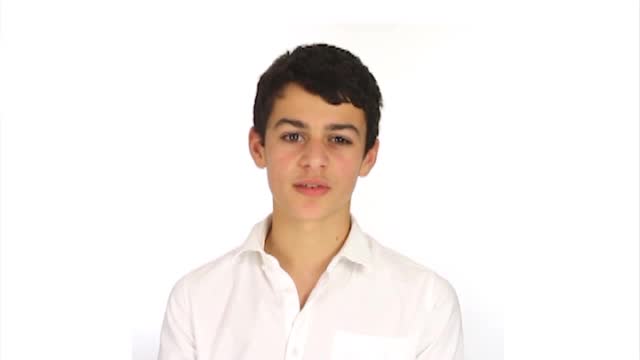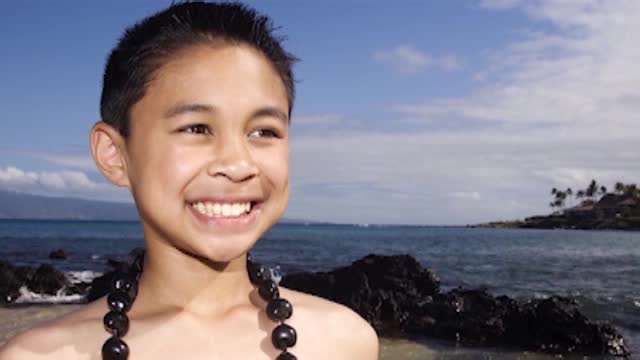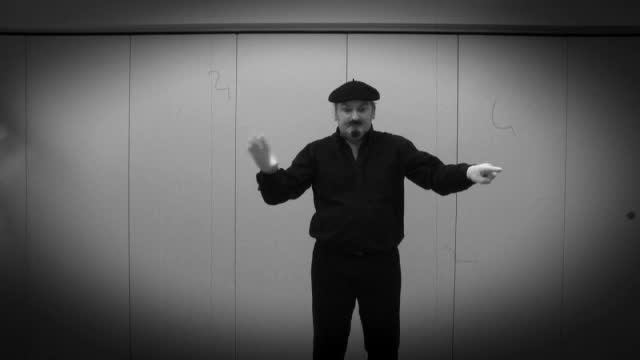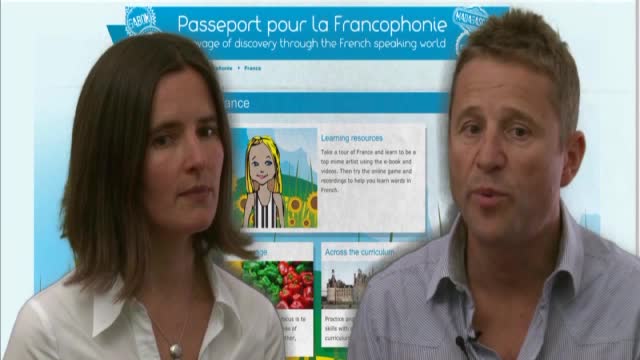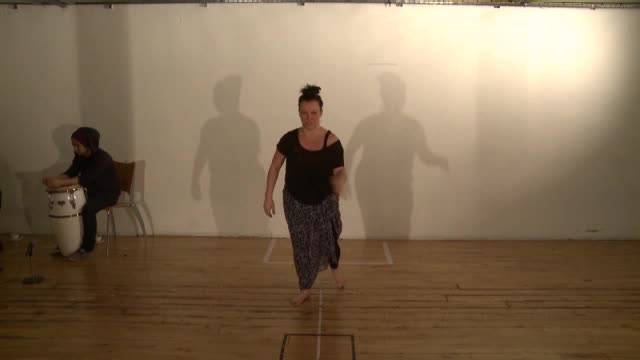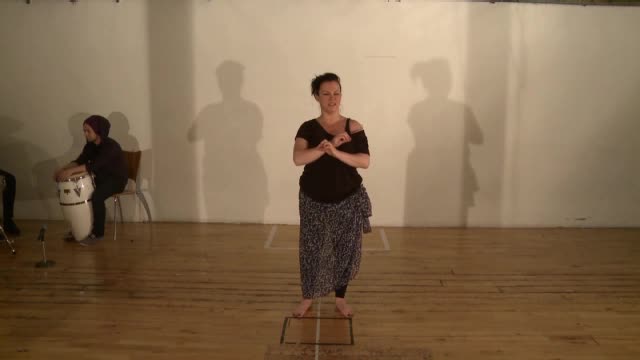Play Controls
Description
Video narrated in French about modern Polynesia, its geography, history, languages and why Polynesians love surfing!
The video is part of the Passeport pour la Francophonie website, a modern languages resource for primary learners.
It has French subtitles that be switched on or off using the caption (CC) button.
Transcript
Teenage boy:
Bonjour!
Aujourd’hui, on va en Polynésie française… c’est très loin!
Regardez, la Polynésie française dans l’Océan Pacifique. Il y a 118 îles, mais seulement 67 sont habitées. Certaines sont très petites, comme celle-ci:
C’est très joli, non?
L’île la plus célèbre, c’est l’île de Tahiti, avec la capitale de la Polynésie française, Papeete.
On parle officiellement le français en Polynésie, car depuis 1847, toutes ces îles sont sous le contrôle de la France. Alors, c’est facile pour vous! Si vous rencontrez un Polynésien, vous pouvez tout simplement lui dire 'Bonjour!'
'Bonjour.'
Mais les Polynésiens parlent aussi des langues polynésiennes. Par exemple, pour dire bonjour à Tahiti, on dit 'Ia ora!'
'Ia ora'
Maintenant, regardez bien cette image:
C’est quel sport?
Et oui, du surf!
Vous aimez le surf? Vous faites du surf? C’est super!
En Polynésie, on adore le surf. C’est normal, il y a beaucoup d’eau, beaucoup de plages et beaucoup de vagues!
Mais attention! A l’origine, pour les Polynésiens, le surf n’est pas juste un passe-temps. C’est une importante cérémonie religieuse! Le surf permet de communiquer avec les dieux! Avant de partir 'glisser sur les vagues', on demande aux dieux protection et courage!
Alors, la Polynésie française, vous aimez? Moi, oui!
Au revoir!
Ou, comme on dit à Tahiti, 'Nana!'
Hello!
Today, we're going to French Polynesia ... it’s very far!
Look, French Polynesia is in the Pacific Ocean. There are 118 islands, but only 67 are inhabited. Some are very small, like this:
It's very pretty, is it not?
The most famous island is the island of Tahiti, with the capital of French Polynesia, Papeete.
French Polynesia is the official language, because since 1847, these islands have been under the control of France. So it's easy for you! If you encounter a Polynesian, you can simply say "Hello! '
"Hello" (make gesture)
But the Polynesians also speak Polynesian languages. For example, to say hello to Tahiti, we say "Ia ora! '
"Ia ora" (make gesture)
Now, take a good look at this picture:
This is what sport?
And yes, surfing!
Do you like surfing? Do you surf? This is great!
In Polynesia, we love surfing. It’s normal, there is plenty of water, plenty of beaches and big waves!
But beware! Originally, for the Polynesians, surfing is not just a hobby. This is an important religious ceremony! Surfing allow them to communicate with the gods! Before leaving "riding the waves" asks for the gods protection and courage!
So, French Polynesia, you like? Me, yes!
Goodbye!
Or, as they say in Tahiti, "Nana!"
Download
- Low Quality 240p (7.65Mb)
- Medium Quality 360p (13.24Mb)
